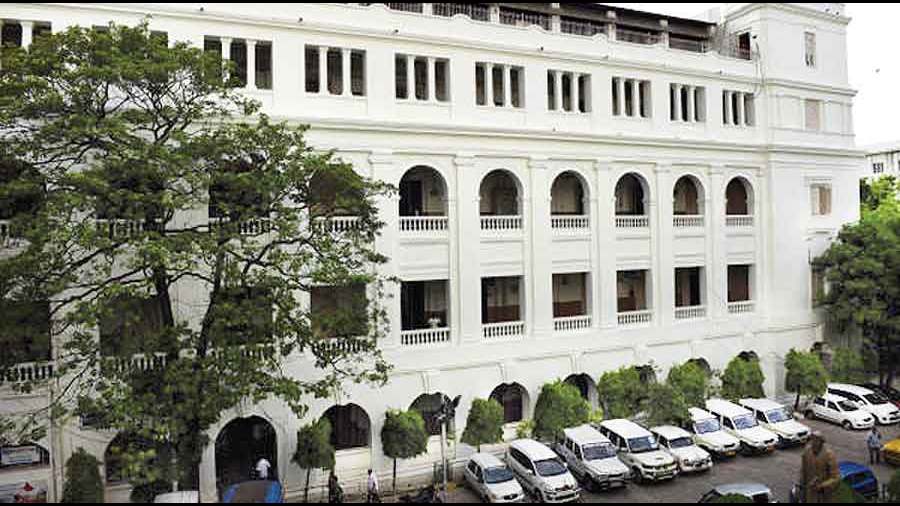The heads of the engineering departments of Calcutta University (CU) have told the secretary of the engineering faculty to increase the number of seats in the four-year BTech programme by downsizing the three-year course.
Only science graduates are eligible for the three-year course, while the four-year programme, which was launched in 2015, takes in students through the state joint entrance examinations.
CU has 300 BTech seats, of which 190 are in the four-year programme and the rest in the three-year one.
The fact that the three-year programme is failing to draw bright students prompted the department heads in a meeting last month to push for raising the four-year programme seat count to 80 per cent (240) of the total number of seats, said an official in the engineering faculty.
“The heads of the engineering departments are saying they are not getting good students for the three-year course. The students who are admitted (to the four-year course) through the state JEE are much better. So they have asked the secretary to downsize the three-year programme and increase the number of seats in the four-year course,” the official said.
Amit Roy, is secretary of science, engineering and technology faculty, told The Telegraph: “The heads have sought an increase in the number of seats of the four-year BTech programme. But no decision has been taken yet.”
A CU official said the infrastructure has to be strengthened before the seat count in the four-year programme can be increased.
“The main stumbling block is the university’s failure to set up an engineering workshop on the Salt Lake campus. Since the Salt Lake campus, where first-year classes are held, does not have a workshop, students now travel to Ballygunge science college for workshop sessions. There was a plan to shift the facility from Ballygunge to Salt Lake, but it has not happened,” an official said.
“Many teachers think the workshop has to be shifted first before the seat count is increased.”
The workshop was set up on the Ballygunge science college campus in 2000 for students of the four-year BTech course in jute and fibre technology.
In 2015, the other eight engineering departments introduced the four-year BTech course. Since then the students of all departments have been taking turns in using the workshop in Ballygunge.
“The number of classrooms, laboratories and teachers have to be increased, too,” said a CU official.
The three-year BTech degree, when the course was launched several decades ago, used to fetch lucrative jobs. Also, students who wanted to pursue research enrolled in the programme.
Over the years, the course lost its sheen with brighter students opting for four-year engineering programmes because of better placement prospects, said a CU professor.
